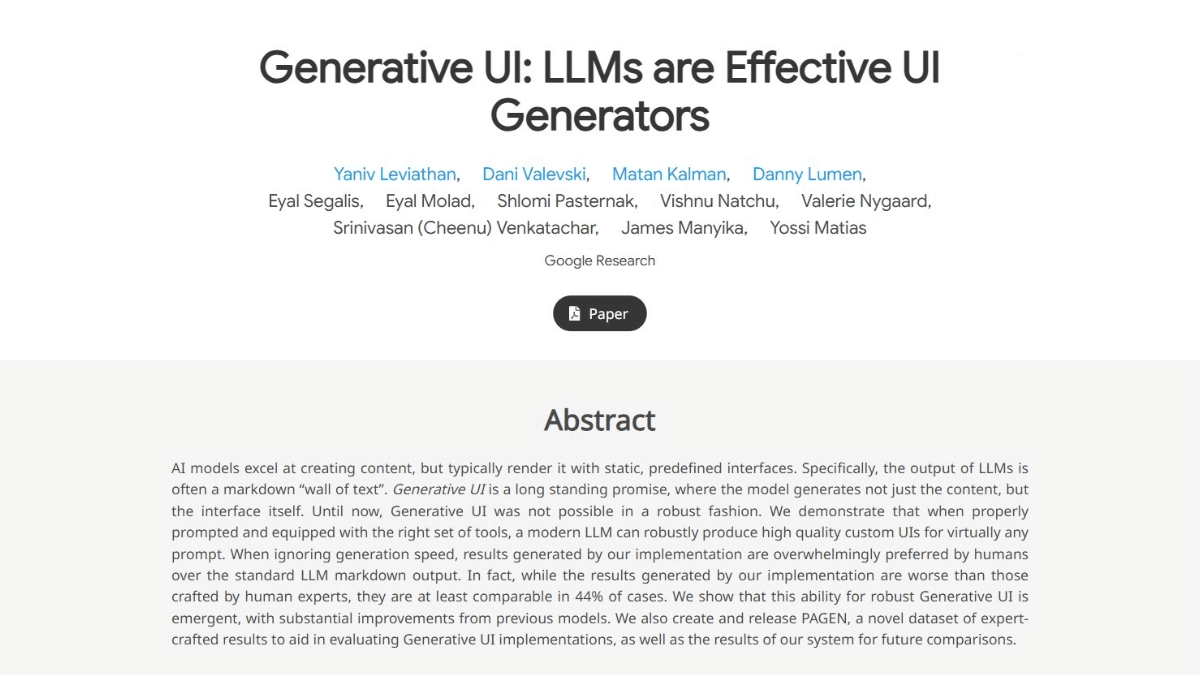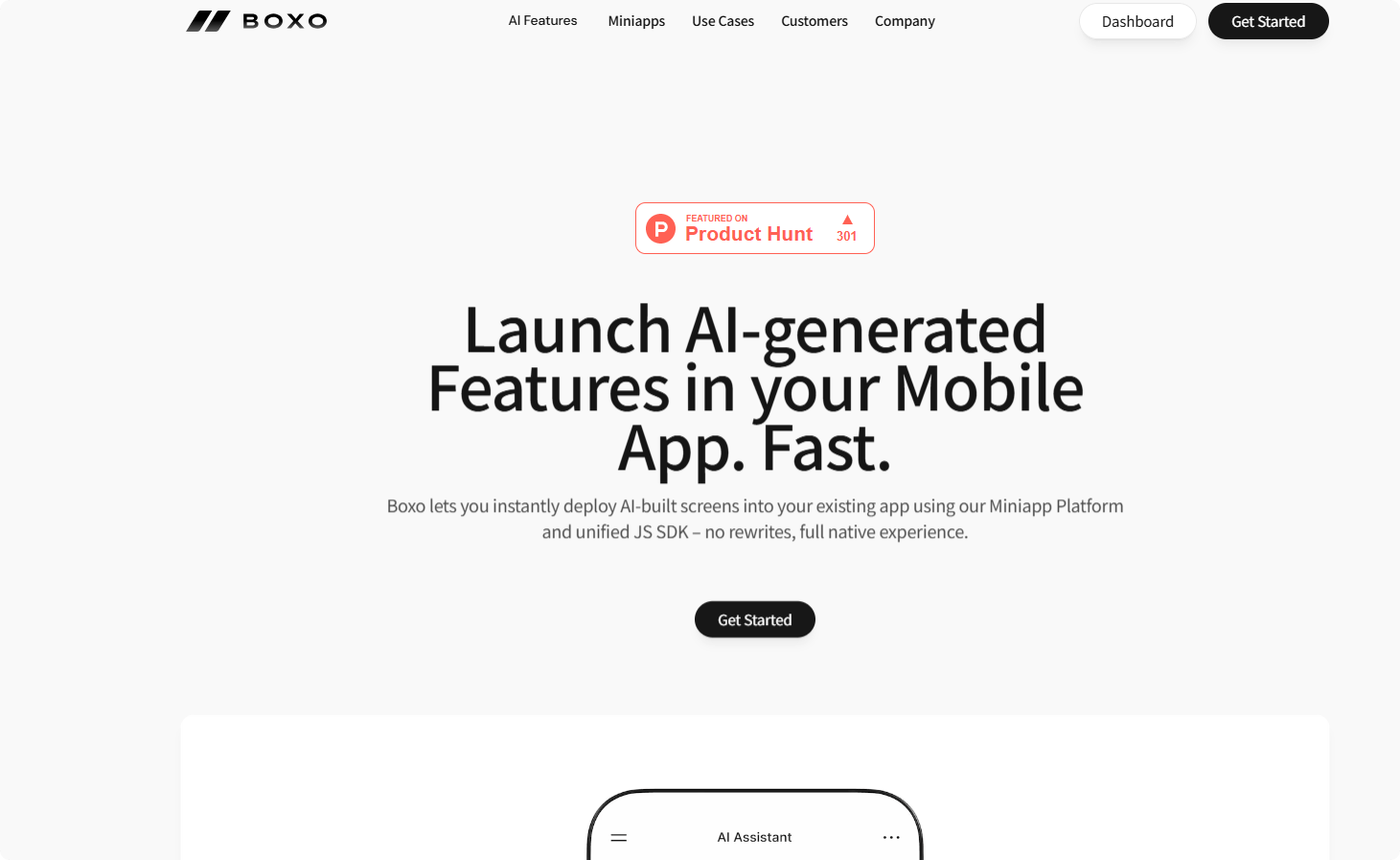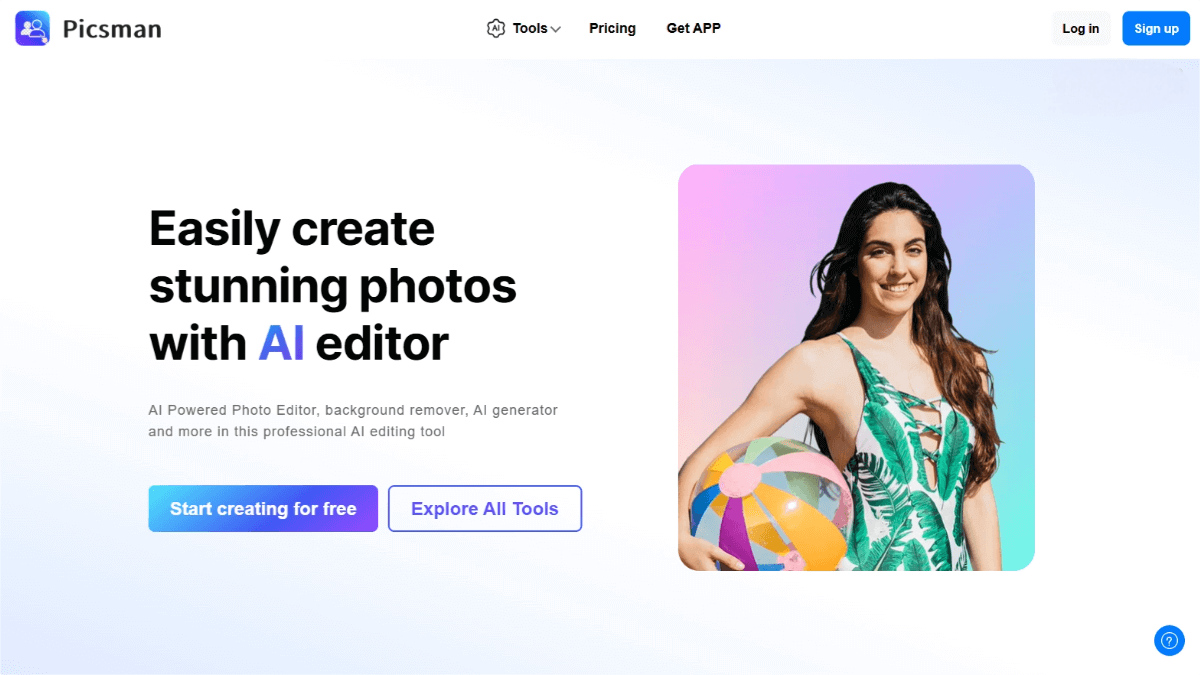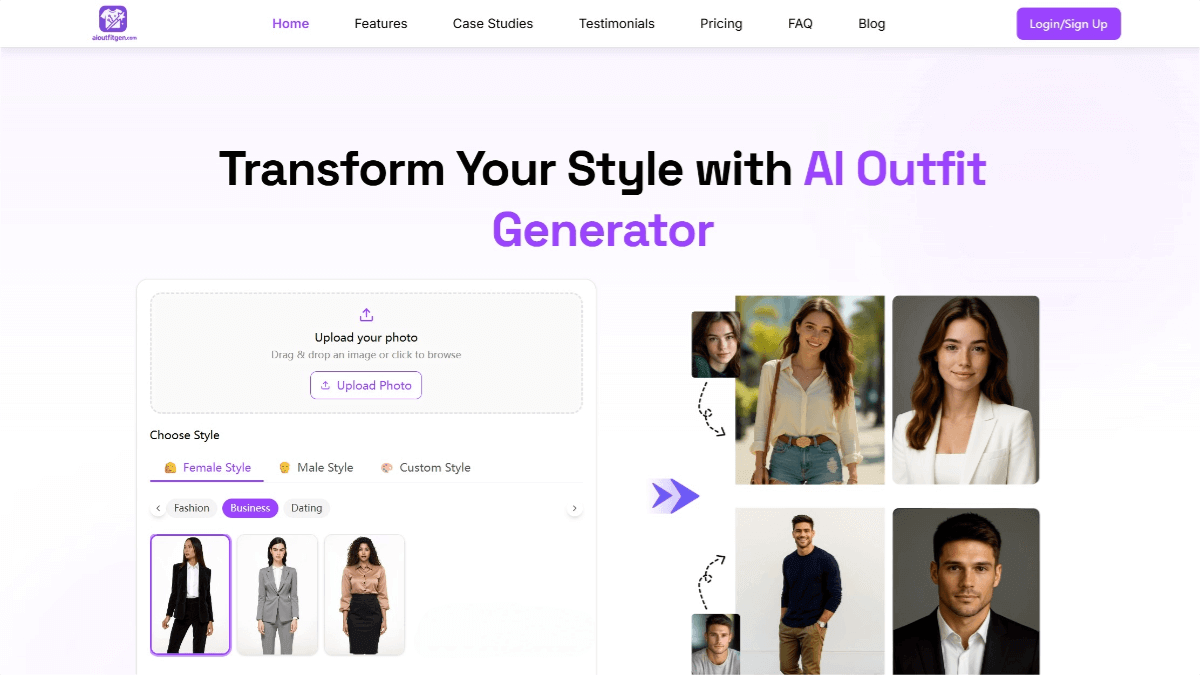Generative UI – Google’s Generative Interaction Interface Technology
What Is Generative UI?
Generative UI is an innovative AI technology introduced by Google that allows AI to instantly generate complete, interactive user interfaces based on natural-language prompts. These interfaces can take the form of web pages, tools, games, or educational applications, fully customized to the user’s needs. By accessing external tools (such as image generation and search engines), following system-level instructions, and applying post-processing optimizations, Generative UI delivers high-quality, dynamic interactive experiences. The technology marks a shift in human–AI interaction—from “text conversations” to “dynamic co-creation of interfaces”—opening new possibilities in education, entertainment, data analysis, and more.Generative UI has already been experimentally deployed in Google’s Gemini app and in the AI Mode of Google Search. In the Gemini app, the “dynamic view” feature generates customized interactive interfaces for users, supporting educational tools, interactive exhibits, and more. In Google Search’s AI Mode, search results are transformed into interactive dynamic interfaces—such as physics simulations or data visualizations—improving users’ ability to understand and manipulate complex information.

Generative UI — Key Features
-
Instant Interactive Interface Generation: Creates complete, functional user interfaces based on user needs, beyond simple text output.
-
High Degree of Customization: Generates personalized interfaces tailored for education, entertainment, data analysis, and other scenarios.
-
Dynamic Interaction: Supports real-time interaction with the generated interface, such as adjusting parameters or manipulating simulations.
-
Integration with External Tools: Enhances functionality by accessing image generation models, search engines, code execution modules, and more.
-
Post-Processing Optimization: Ensures generated interfaces are corrected, polished, runnable, stylistically consistent, and safe.
Technical Principles Behind Generative UI
1. Tool Access
The AI is granted access to a range of external tools, including:
-
Image generation systems (e.g., Imagen): To create visual elements within the interface.
-
Search engines: To fetch up-to-date external information and enrich content.
-
Code execution modules: To run generated code and validate functionality.
-
Graphics rendering and simulation environments: For creating dynamic, interactive visualizations.
2. System-Level Instructions
To ensure the generated interface meets requirements, the AI follows detailed system-level instructions specifying:
-
Interface Type: Whether the output is a webpage, tool, dashboard, or another form.
-
Code Format: Ensuring the generated code is functional and executable.
-
Design Style: Maintaining consistent visual design across the interface.
-
Error Specifications: Avoiding common mistakes and ensuring stability and usability.
These instructions act as a design spec, guiding the AI to generate high-quality interfaces.
3. Post-Processing
Before being presented to the user, AI-generated interfaces undergo multiple layers of algorithmic correction and safety review, including:
-
Code validation: Ensuring the code executes correctly.
-
Error correction: Fixing common logical or formatting errors.
-
Visual consistency: Maintaining a unified aesthetic (layout, color schemes, etc.).
-
Security checks: Ensuring safe, reliable output and mitigating potential risks.
Generative UI Project Links
-
Project Website: https://generativeui.github.io/
-
arXiv Paper: https://generativeui.github.io/static/pdfs/paper.pdf
Application Scenarios for Generative UI
Education
Presents complex concepts through dynamic, interactive experiences—such as biological animations, mathematical simulations, or virtual historical exhibitions—helping learners understand material more intuitively.
Entertainment & Gaming
Generates interactive stories, educational games, or virtual character experiences, providing highly personalized and engaging entertainment.
Data Analysis & Professional Tools
Creates data dashboards, simulation environments, and decision-support tools for researchers and business users, improving analytical efficiency and outcomes.
Practical Daily Tasks
Generates tools for home decoration planning, event organization, or personalized study plans, helping users complete everyday tasks more efficiently.
Social Media & Content Creation
Provides personalized social media layouts and content creation tools, improving content quality and enhancing user experience.
Related Posts




